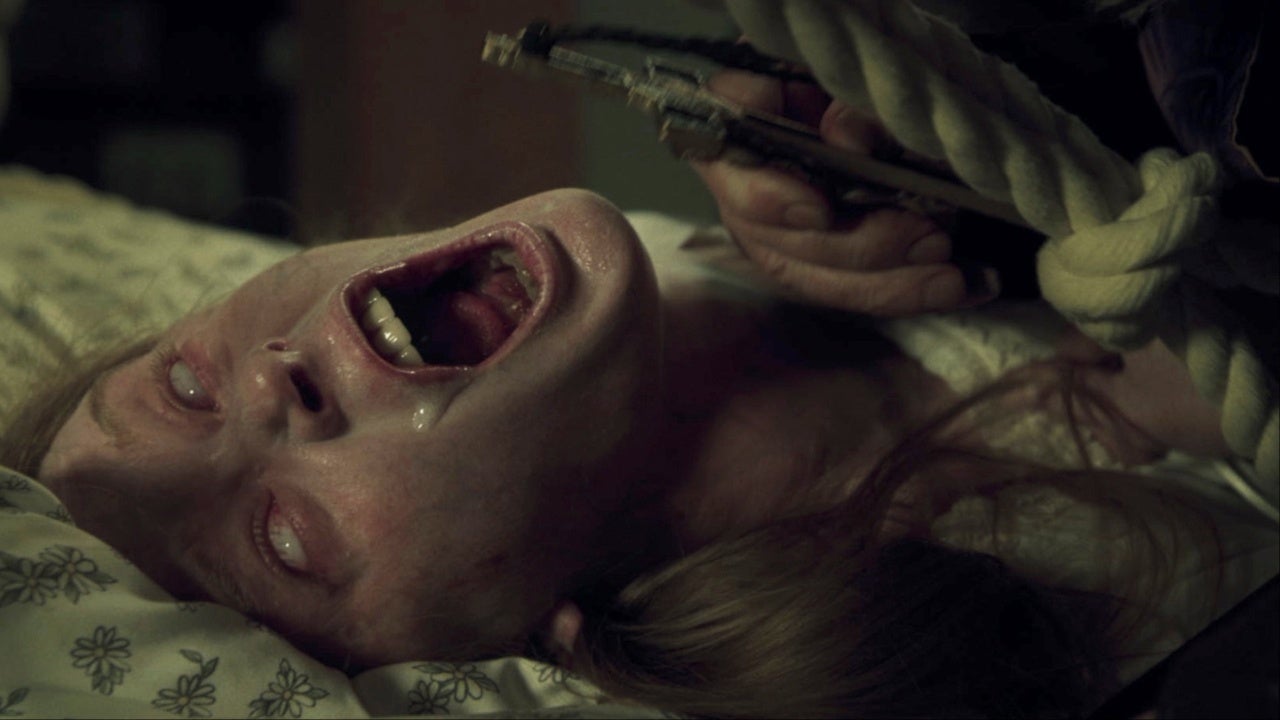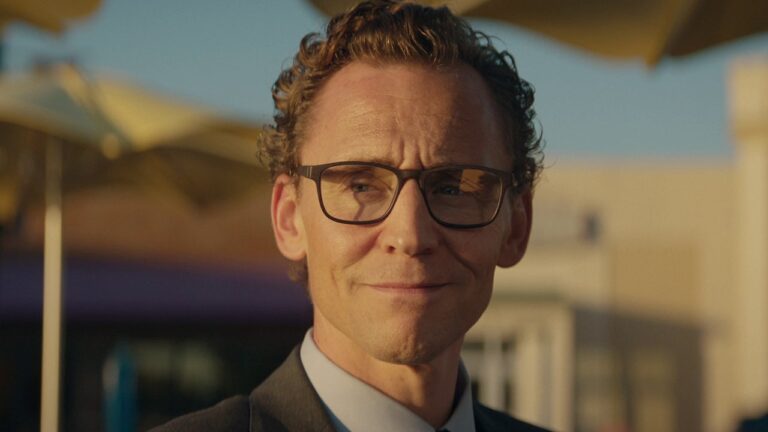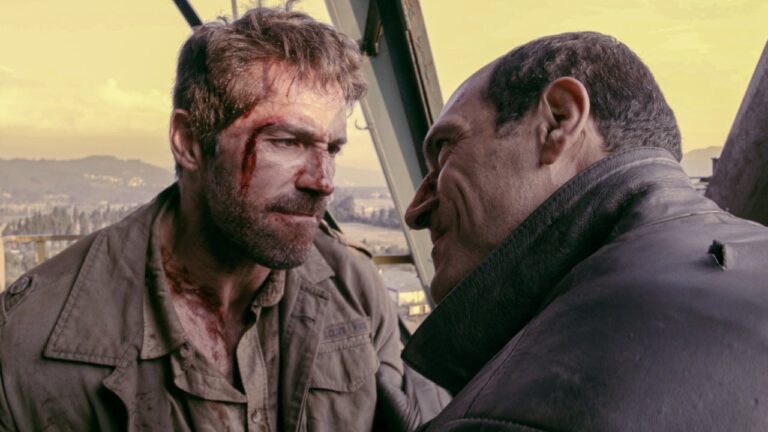An Uneven Take on a Classic Exorcism Story
2024 proved to be a notable year for actor Dan Stevens, who showcased his talent for humorous voices in films like Cuckoo, Abigail, and Godzilla x Kong: The New Empire. It’s a bit disappointing, then, to see him not utilizing one of his signature accents in The Ritual. However, it’s worth noting that the Iowan dialect used in the film is portrayed as somewhat exotic for Stevens, adding an unexpected layer to his performance. In this film, Stevens tones down his natural theatricality, fitting into a serious exorcism narrative that leans more towards horror-drama than pure horror.
A Historical and Thematic Approach
The Ritual opens with a compelling disclaimer, claiming to be based on the real-life case of Emma Schmidt—also known as Anna Ecklund—described as “the most thoroughly documented case of demonic possession in American history.” This framing lends the film a documentary-like credibility, setting the tone for a sober, report-style narrative. The story quickly shifts to Stevens’ character, Father Joseph Steiger, fleeing a tense scene during Anna’s exorcism, hinting at the gravity and seriousness of what’s to come.
The film’s plot unfolds in a straightforward manner, with formal dialogue and restrained performances, set against a modest period-appropriate convent environment. The film carefully leaves room for ambiguity—questioning whether Emma (played by Abigail Cowen) is truly possessed or suffering from mental illness. This ambiguity opens up potential critiques of the Catholic Church’s role in her ordeal or suggests a deeper exploration of faith’s influence on such traumatic experiences.
Faith, Doubt, and Respect for Tradition
The church figures involved—such as Bishop Patrick Fabian and the compassionate exorcist, Father Theophilus Riesinger (Al Pacino)—approach the exorcism with sincere intent. Their interactions highlight a nuanced view of faith, shifting blame from the church to more elusive, spiritual forces. While the film’s take on the Devil is more agnostic than most horror stories, it remains respectful of Catholic doctrine. The unsettling scenes of Emma seizing and foaming at the mouth evoke discomfort, but the film ultimately struggles to decide whether these moments stem from genuine demonic activity or psychological distress, diminishing their impact.
Feminist Perspectives and Character Dynamics
One of the film’s strengths is its focus on the women within the convent, presenting a more progressive and authentic portrayal of their roles. Emma is depicted as a victim, but Sister Rose (Ashley Greene), who assists with the exorcisms, and the Mother Superior (Patricia Heaton) are portrayed as complex characters grappling with their own doubts and dangers. Greene and Heaton deliver surprisingly strong performances, providing fresh perspectives that contrast with the typical macho priest archetype often seen in this genre.
Meanwhile, Pacino’s role is comparatively minor and subdued, though the exorcism scenes do feature some intense moments where Stevens’ character and Riesinger (modeled after historic exorcists) display exaggerated, almost theatrical behavior reminiscent of classic horror tropes. This echoes the influence of the famous Exorcist narrative, which draws inspiration from the real Ecklund case that inspired William Peter Blatty’s novel and William Friedkin’s film. Unfortunately, this familiarity also brings a sense of predictability, as many possession scenes follow well-worn conventions.
Visual Style and Narrative Flaws
The film’s most compelling moments are confined to claustrophobic spaces, with tight framing and shaky handheld camera work creating a sense of chaos and panic during the climax. However, this stylistic approach is inconsistent, as the preceding 90 minutes rely heavily on similar shaky camerawork and framing that often feels more like a mockumentary or sitcom—particularly during dialogue scenes. The frequent close-ups and erratic movement can distract viewers and undermine the seriousness of the story, making it harder to follow key exorcism sequences and diminishing emotional engagement.
A Disappointing Blend of Tone and Execution
Ultimately, The Ritual struggles with balancing its ambitious narrative with its filmmaking choices. The combination of earnest storytelling and sometimes unserious visual tactics results in a disjointed experience, leaving the viewer unsure whether it aims to be a thoughtful horror-drama or a visceral horror flick. Even with notable stars like Al Pacino and Dan Stevens, the film’s potential is hampered by questionable directorial decisions and a reliance on familiar tropes, turning what could have been a compelling exploration of faith and fear into a flawed cinematic experiment.












